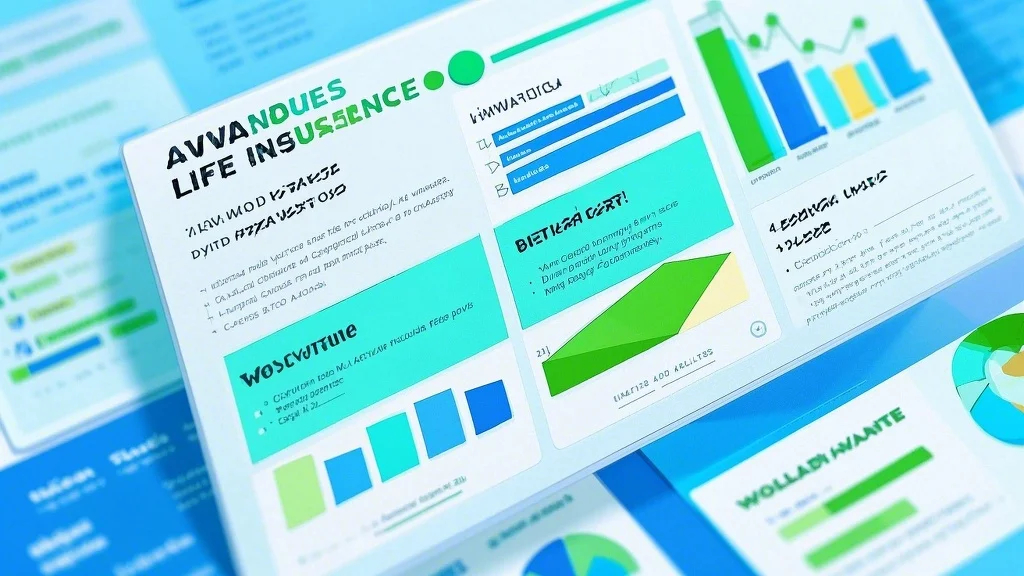Whole life insurance is a type of permanent life insurance that provides coverage for your entire life, along with a cash value component that grows over time. This article will walk you through the ins and outs of whole life insurance policies, helping you understand what they are, how they work, and whether they might be the right choice for you.

Whole life insurance is one of the most popular types of permanent life insurance available today. Unlike term life insurance, which only provides coverage for a specific period (e.g., 10, 20, or 30 years), whole life insurance is designed to cover you for your entire life. This makes it a long-term solution for those who want to ensure their loved ones are financially protected no matter what.
What Is Whole Life Insurance?
Whole life insurance is a type of permanent life insurance policy that combines two features: a death benefit and a cash value accumulation. The death benefit is the amount of money paid to your beneficiaries if you pass away while the policy is in effect. The cash value component, on the other hand, is the savings portion of the policy that grows over time and can be accessed while you’re still alive.
How Does It Work?
When you purchase a whole life insurance policy, you pay premiums regularly. A portion of your premium goes toward the death benefit, while the rest is allocated to the cash value account. The cash value account grows tax-deferred, meaning you won’t pay taxes on the interest it earns until you withdraw it. Over time, the cash value can grow substantially, providing you with a financial safety net.
One of the key advantages of whole life insurance is that the death benefit remains level throughout the policy’s lifetime. This means that your beneficiaries will always receive the same amount, regardless of when you pass away.
Key Components of Whole Life Insurance
Premiums: The amount you pay each month to keep the policy active. Whole life insurance premiums are usually fixed and guaranteed, meaning they won’t increase over time.
Death Benefit: The amount of money paid to your beneficiaries if you pass away. This is level and remains the same throughout the policy.
Cash Value: The savings portion of the policy that grows over time. You can withdraw or borrow against this cash value during your lifetime.
Policy Loan: Some whole life insurance policies allow you to take out a loan against the cash value. The loan amount must be repaid, with interest, but if you pass away before repaying the loan, the death benefit will cover the outstanding balance.
Benefits of Whole Life Insurance
Tax-Free Benefits: The cash value and death benefit are generally tax-free. This means that when your beneficiaries receive the death benefit, it won’t be subject to income tax.
Financial Security: Whole life insurance provides a safety net for your family, ensuring they are financially protected even if you can no longer work.
Long-Term Growth: The cash value component grows over time, providing you with a valuable asset that you can use for future needs.
Peace of Mind: Knowing that your loved ones are protected financially can give you peace of mind, allowing you to focus on other aspects of your life.
Is Whole Life Insurance Right for You?
Whole life insurance is a great choice for those who want long-term financial security and prefer a policy that lasts a lifetime. It’s also a good option if you want to build a cash reserve that you can use for future needs. However, whole life insurance is typically more expensive than term life insurance, so it’s important to weigh the costs and benefits before making a decision.
In the next part of this article, we’ll dive deeper into the details of whole life insurance, including the different types of policies, how the cash value grows, and the potential downsides to consider. Stay tuned to learn everything you need to know about whole life insurance policies.
In the first part of this article, we explored the basics of whole life insurance, including what it is, how it works, and its key benefits. Now, let’s take a closer look at some of the more detailed aspects of whole life insurance policies, such as the different types of whole life insurance, how the cash value grows, and what you should consider before purchasing a policy.
Types of Whole Life Insurance
Whole life insurance policies come in different forms, each with its own unique features and benefits. Here are some of the most common types:
Traditional Whole Life Insurance: This is the most common type of whole life insurance. It features a fixed death benefit, a guaranteed cash value growth rate, and fixed premiums.
Modified Endowment Contract (MEC): A MEC is a type of whole life insurance policy that allows for higher initial premiums, which can lead to faster cash value growth. However, MECs have modified rules for accessing the cash value, which may result in higher taxes if the policy is surrendered within a certain timeframe.
Indexed Universal Life Insurance: This type of whole life insurance allows the cash value to grow based on the performance of a stock market index, such as the S